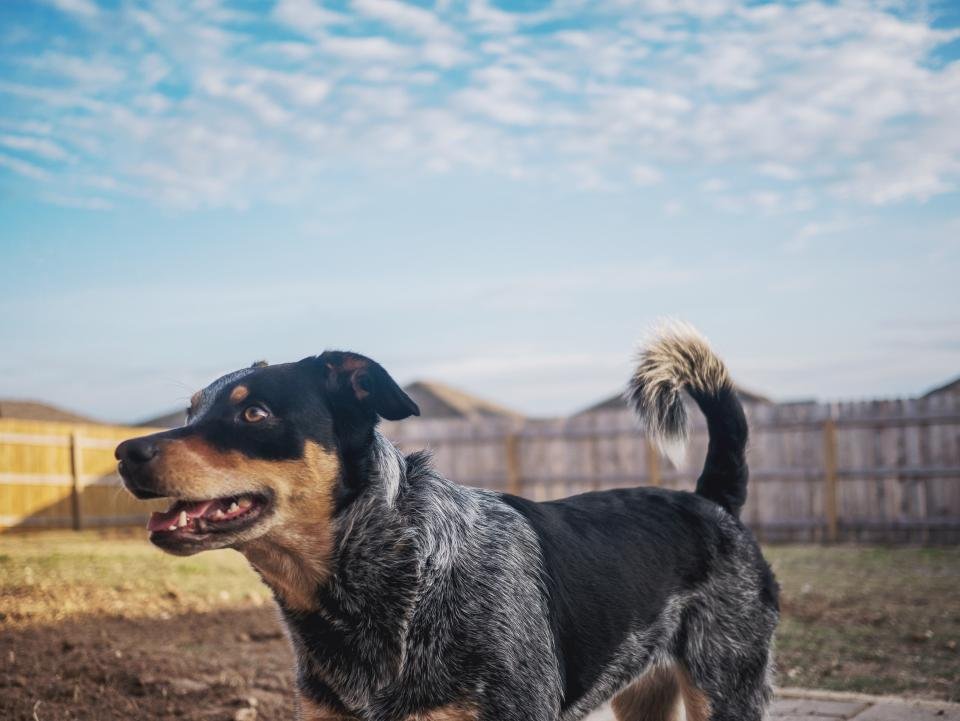Dogs have been our loyal companions for centuries, and their ability to communicate with us, albeit non-verbally, is nothing short of remarkable. Among the many ways they express themselves, the wagging of a tail is one of the most significant. But did you know that a dog’s tail wag can reveal whether they’re anxious or happy — or even excited, curious, or unsure? The speed, direction, and position of their wag all carry important clues about their mood. Let’s delve into the world of canine tail language and uncover what your furry friend might be trying to tell you.
The Basics of Tail Wagging
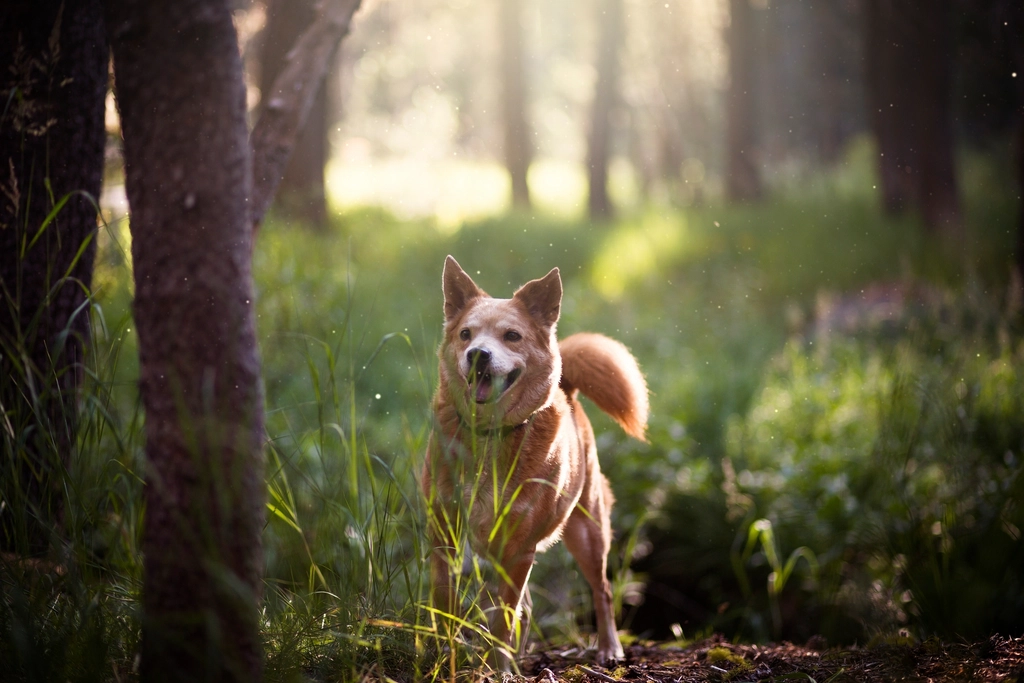
At first glance, a wagging tail might seem like a simple gesture. However, it is a complex form of communication that can convey a wide array of emotions. Just as humans use facial expressions and tone of voice, dogs use their tails to communicate with others. The speed, direction, and position of a wag all play crucial roles in the message being conveyed. Understanding these nuances can help dog owners better interpret their pet’s feelings and needs.
Tail Position: The Highs and Lows
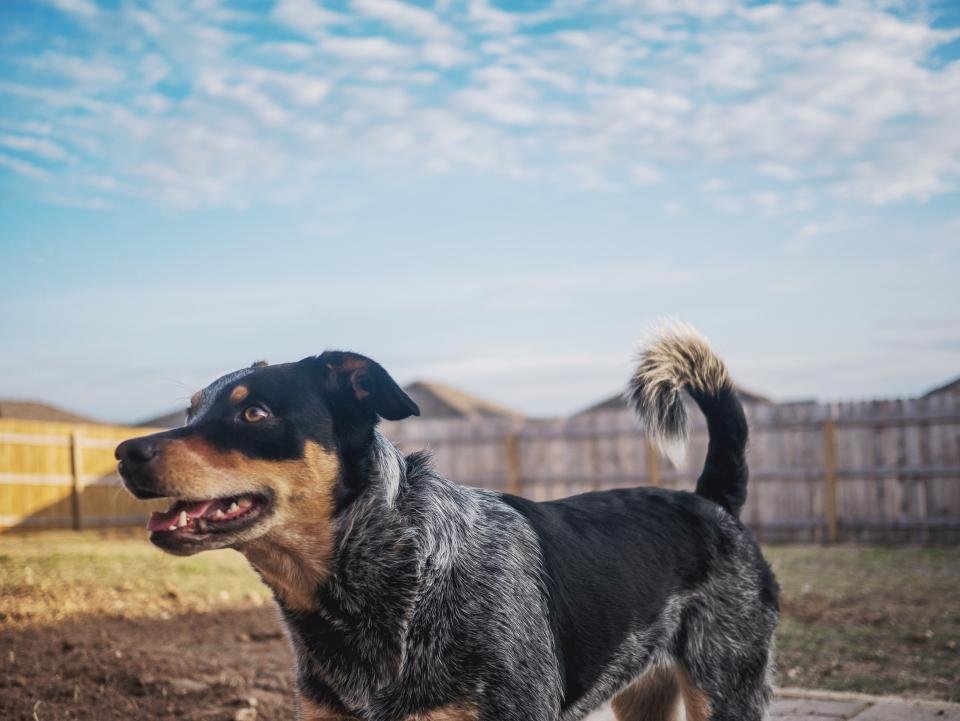
The position of a dog’s tail can be a strong indicator of their mood. A tail held high typically signifies confidence and happiness. On the other hand, a tail positioned low or tucked between the legs may indicate fear or submission. Observing these positions can offer valuable insights into your dog’s state of mind. It’s like reading a mood ring, but with fur and wagging!
Speed Matters: The Fast and the Furious
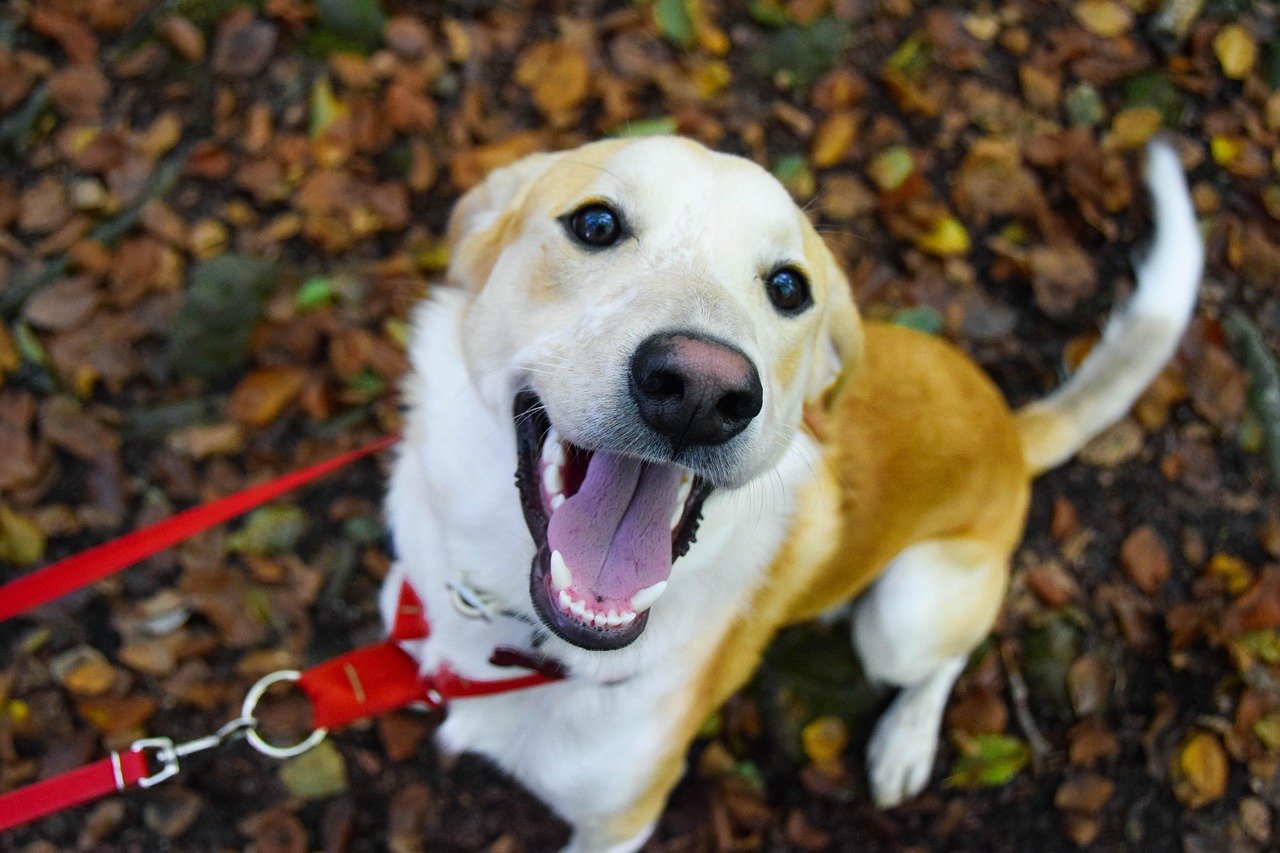
The speed at which a tail wags can also be telling. A fast wagging tail often suggests excitement and happiness. It’s the canine equivalent of jumping up and down with joy. Conversely, a slow wag might indicate uncertainty or hesitation. If you notice your dog wagging their tail slowly while meeting new people or dogs, it may be a sign they are assessing the situation and feeling a bit unsure.
The Direction of the Wag
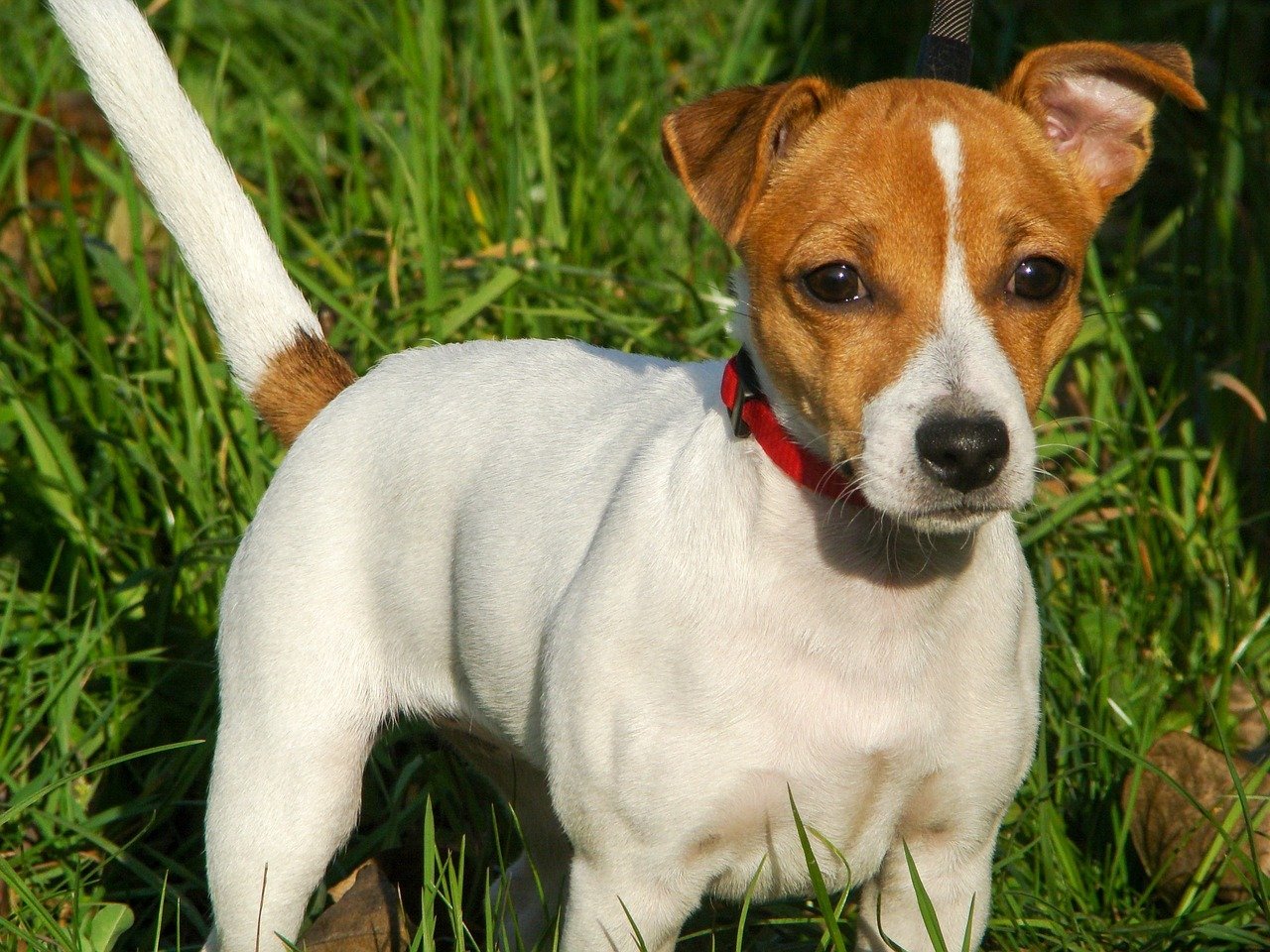
Interestingly, the direction in which a dog’s tail wags can reveal their emotional state. Research has shown that a wag to the right often indicates positive feelings, such as contentment or eagerness. Meanwhile, a wag to the left might suggest negative emotions like anxiety or fear. It’s as if their tail has its own compass, pointing you toward their true feelings.
Body Language: The Full Picture
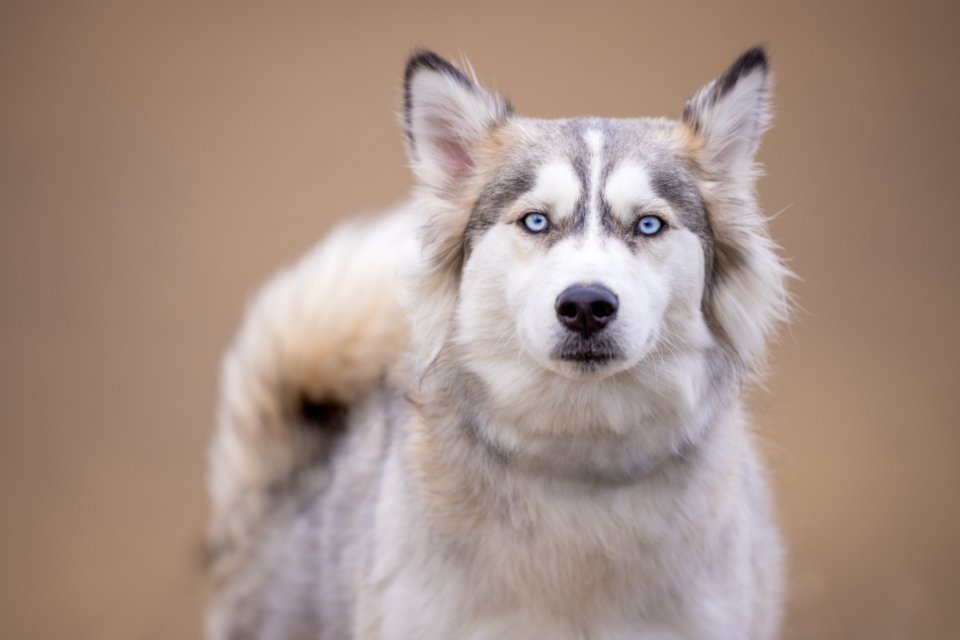
While the tail is an important communication tool, it should always be interpreted in the context of the dog’s overall body language. Ears, eyes, and posture all contribute to the message being conveyed. For instance, a dog with a wagging tail, but tense body and pinned-back ears, might be feeling anxious despite the wagging. Like piecing together a puzzle, every part of the dog’s body adds to the overall picture.
Breed Differences in Tail Expression

Not all tails are created equal, and different breeds may express emotions differently through their tails. Some breeds have naturally curled tails, while others have docked tails, which can affect the way they communicate. For example, a Pug’s curly tail may not give as much information as a Labrador’s straight one. Understanding your dog’s breed-specific tail tendencies is crucial for accurate interpretation.
Recognizing Anxiety: The Subtle Signs
An anxious dog may exhibit a combination of tail-related signals. A low, slow wag, possibly combined with a tucked tail, can be a clear indication of stress or fear. Additionally, other signs of anxiety, such as pacing, whining, or avoiding eye contact, can accompany these tail signals. Being aware of these subtle signs can help you offer comfort and support to your anxious pet.
Happy Tails: Signs of Joy and Contentment
A happy dog is often easy to spot. A wagging tail held high and moving quickly is a classic sign of a joyful dog. Paired with playful behavior, such as bouncing or play bowing, it’s clear that your furry friend is in high spirits. This is the tail wag that dog owners cherish the most, as it reassures them of their pet’s happiness and well-being.
Building a Stronger Bond Through Understanding
By learning to interpret your dog’s tail wags, you’re not only enhancing your ability to communicate with them but also strengthening your bond. Understanding their emotions allows you to respond appropriately, whether it’s providing comfort to an anxious dog or sharing in the joy of a happy moment. It’s a language of love and connection that transcends words.
Conclusion
Tail wagging is a fascinating aspect of canine communication that offers a window into your dog’s emotions. By paying attention to the speed, direction, and position of the wag, as well as considering the overall body language and breed differences, you can gain a deeper understanding of how your dog feels. This insight can lead to a more harmonious relationship, where both you and your furry friend feel understood and connected.

